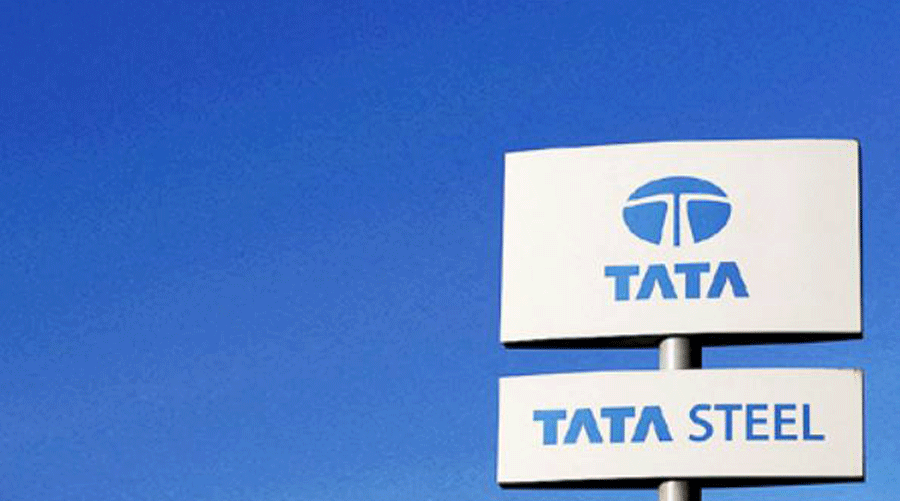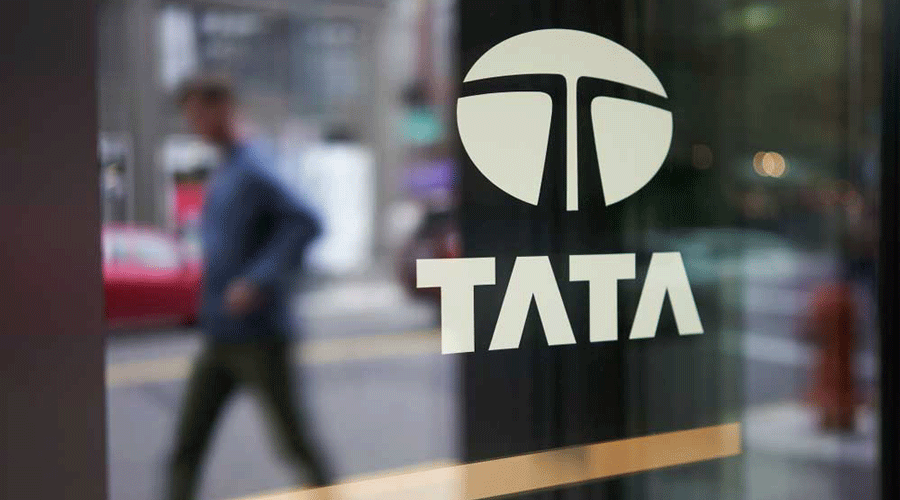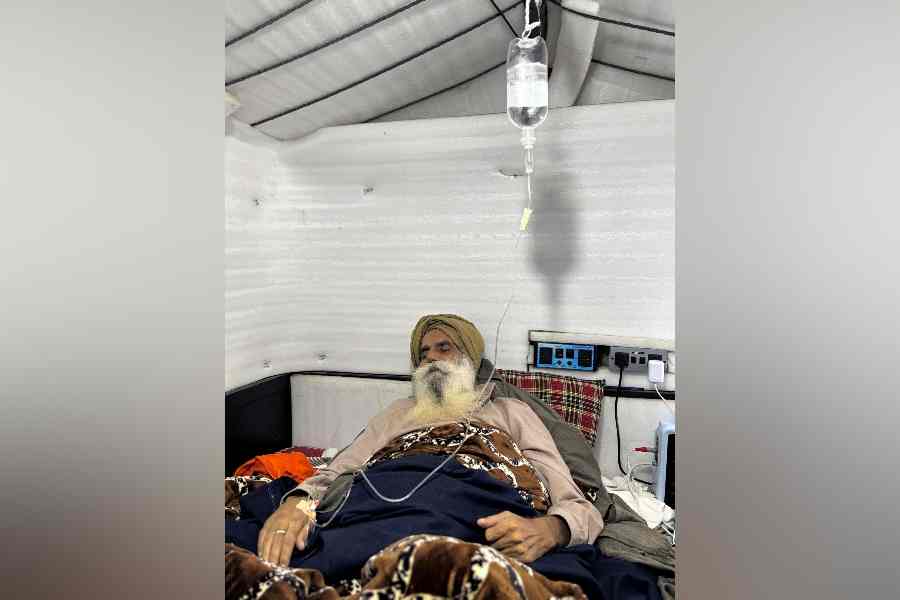Tata Steel Group plans to continue its effort to simplify its corporate structure by reducing the number of subsidiaries, associate companies and joint ventures, especially in Europe, during this financial year as it builds on the separation of the UK and Netherlands operations.
The group, which had close to 300 legal entities as on March 31, 2019, brought it down to 217 by the close of business of the last fiscal, having deleted 44 entities in FY22 alone. The majority of these entities are in Europe and handed down as legacy from the acquisition of Corus Group Plc, later renamed as Tata Steel Europe, in 2007.
In the ongoing fiscal, the group also plans to wind up/ liquidate a substantial number of entities in Europe as well. There were 32 non-trading Tata Steel Europe Ltd subsidiaries which are in voluntary liquidation (28 in UK and Ireland and 4 outside).
It is expected that these entities will enter into dissolution in 2022-23. Tata Steel had undertaken the initiatives from 2019-20, in a move that was aimed to unlock operational benefit, draw synergy benefits and create scale. As part of the programme, the India business is slowly being siloed under four broad verticals — long products, services, downstream and mining.

In Europe, the group undertook the process of untangling the UK and Netherlands business. The process was completed in the second half of the last fiscal. The businesses centred around the UK and the Netherlands were separated around into two value chains with their own governance structures to allow each business to pursue different strategic paths and give them greater agility and management focus, while still benefiting from operating together under the Tata Steel brand and offering a co-ordinated approach to customers and suppliers.
The UK business, with main operating company Tata Steel UK (TSUK) Ltd, now consists of the operations in the UK — with Port Talbot being the principal manufacturing site — as well as manufacturing assets in Sweden and Norway and some international sales offices.
The other half centred around the Netherlands, with Ijmuiden being the principal steel making site, but also consists of other manufacturing assets elsewhere in mainland Europe and the United States. Tata Steel Netherlands B.V (TSN) is the primary vehicle for the mainland Europe business of TSE.
The different strategic paths to be undertaken by the two halves of European business is nowhere more visible in their proposed decarbonisation plan as part of a sustainable journey to the future.
Tata Steel announced a fully sustainable future for its steelworks at Ijmuiden by adopting a hydrogen route which would involve the introduction of direct reduced iron (DRI) technology which can make iron by using natural gas or hydrogen before it is converted to steel in one or more electric arc furnaces to be invested in the future.
For the UK, a number of options are being explored. The decarbonisation path will not just be selecting the right technology but it will also be contingent upon accessing the right energy supply and infrastructure at a competitive price. Moreover, without the support from the UK and Welsh governments, the transition may not be possible.
The recast would help TataSteel Group to seek support from the UK and Netherlands governments, limited to the business operations located in their respective countries only.












